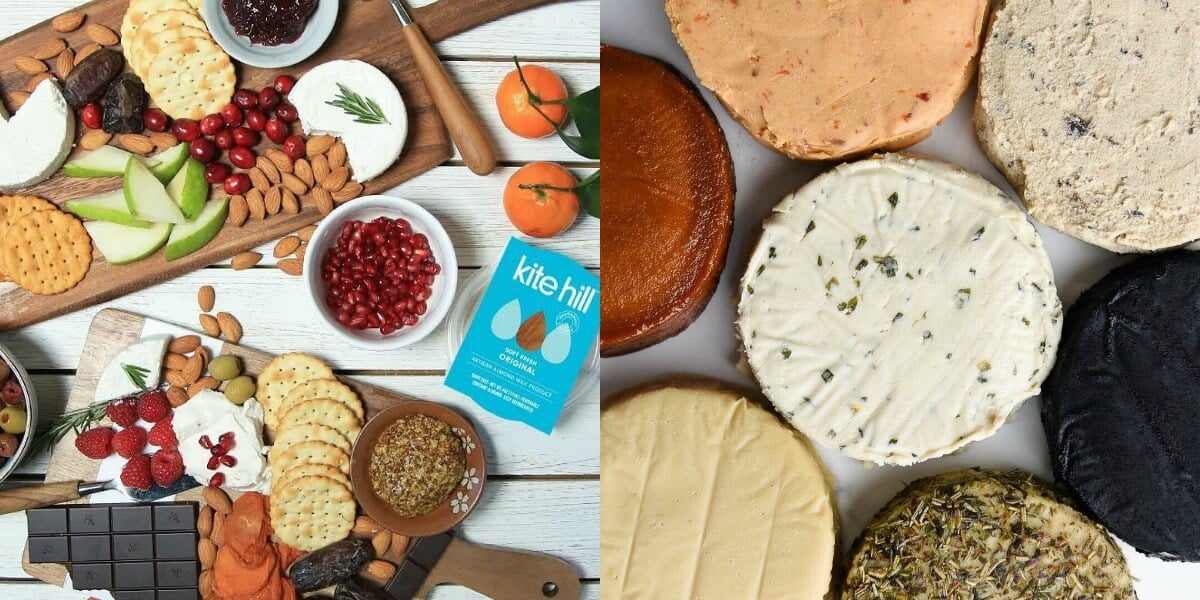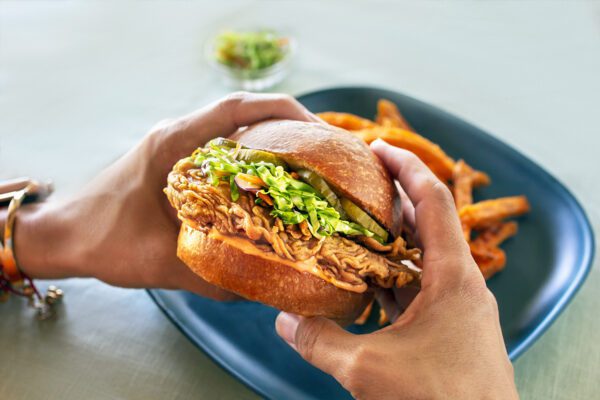by SARA KELLEY
Turn a popular holiday staple into an easy vegan dish that you and your guests will love all year round.
Traditionally, many charcuterie boards are not suitable for vegans because they contain a variety of animal-based products such as meats and cheeses. With the rise in plant-based substitutes, however, sourcing ingredients and creating a fully vegan cured meat and cheese board is now more accessible than ever. Serving a plant-based charcuterie board at your next party will not only make your board more inclusive for your guests but will also present a unique opportunity to discuss your passion for veganism in a welcoming and hospitable manner. With a little planning and a well-stocked kitchen, get ready to dazzle with a curated, homemade vegan charcuterie board that will immediately trigger the nibbles.

How do you calculate portions for a charcuterie board?
Before you begin building your board, you’ll want to plan how much of each food item your board will require. Maegan Brown of Beautiful Boards recommends that your board provides three to five different varieties each of vegan meats and cheeses. For small gatherings, estimate two to three ounces of plant-based meats and one ounce of vegan cheese per person. For larger, more extended gatherings, strive for three to five ounces of vegan meat and one-and-a-half ounces of vegan cheese per person.
The amount of nuts, crackers, pickles, jams, and other accouterments varies depending on how much room you’ll have on your board. The key is to fill in any gaps with these extra nibbles. Pro host tip: be sure to have a refill on hand—particularly when it comes to crackers. Keep an eye on the board throughout the night and replenish these edible vessels when they run low.

How to build a vegan charcuterie board
Having a variety of ingredients and flavors on your board is essential. Your plant-based meats and cheeses should include a selection of smoked, crumbly, firm, and soft options. Additionally, check your pantry for complementary foods such as crackers, nuts, dips, spreads (such as mustards, jams, preserves), fresh fruits, and veggies. You’ll want to ensure that your complementary sides contain a mix of crunchy, salty, sweet, and tangy options. For your guests who are of legal drinking age, plan to provide at least one red and one white wine for food pairing purposes.
** Click here to read the full-text **











